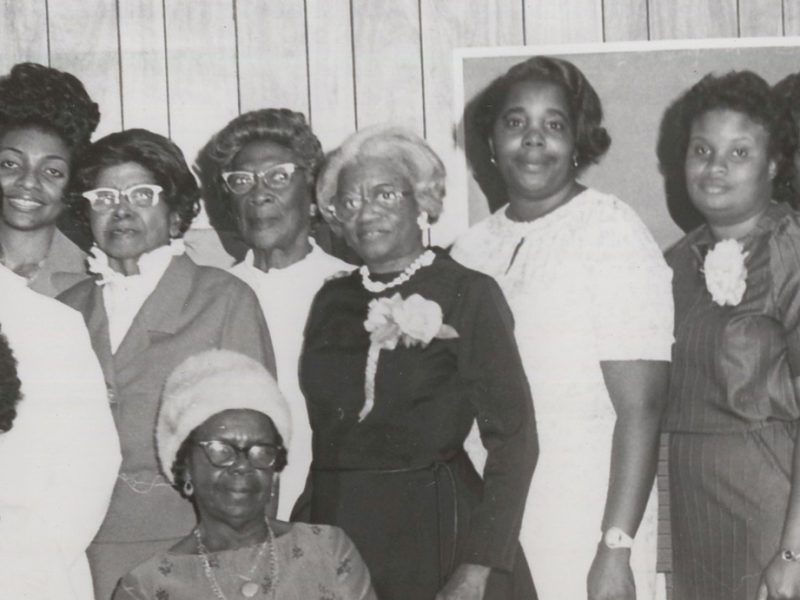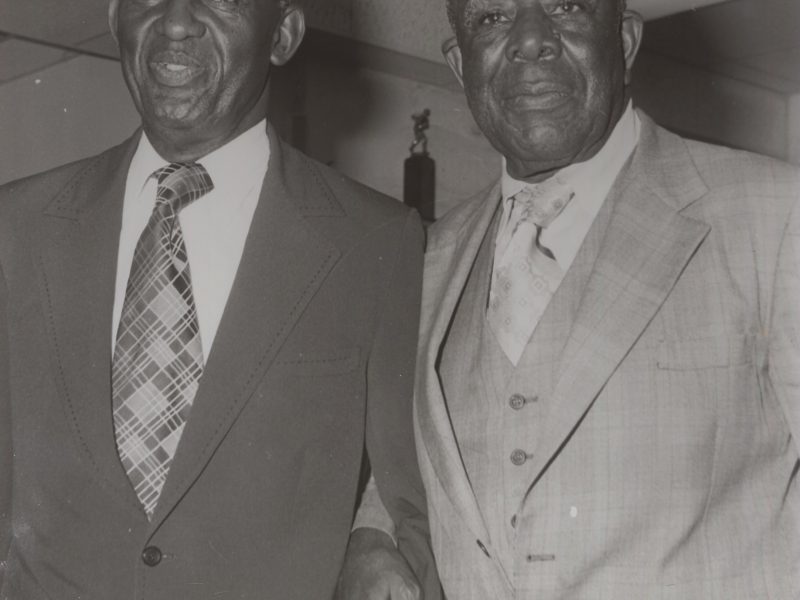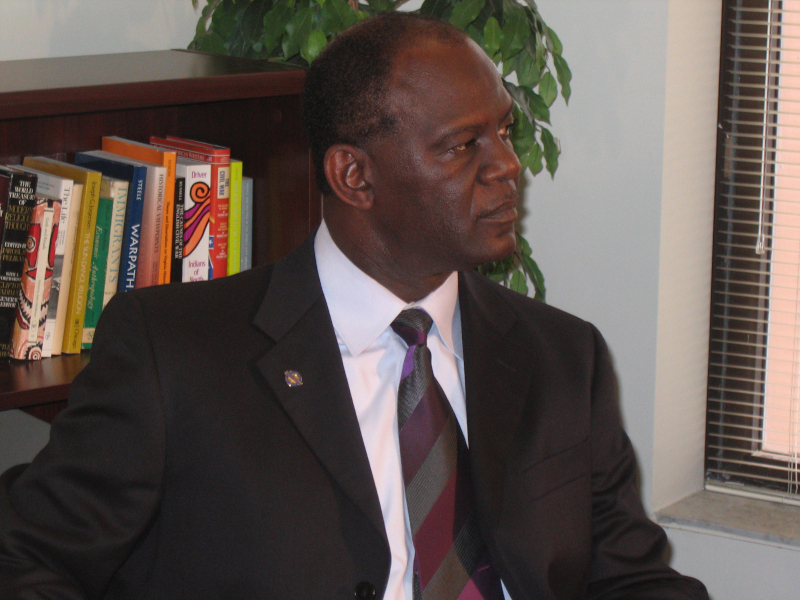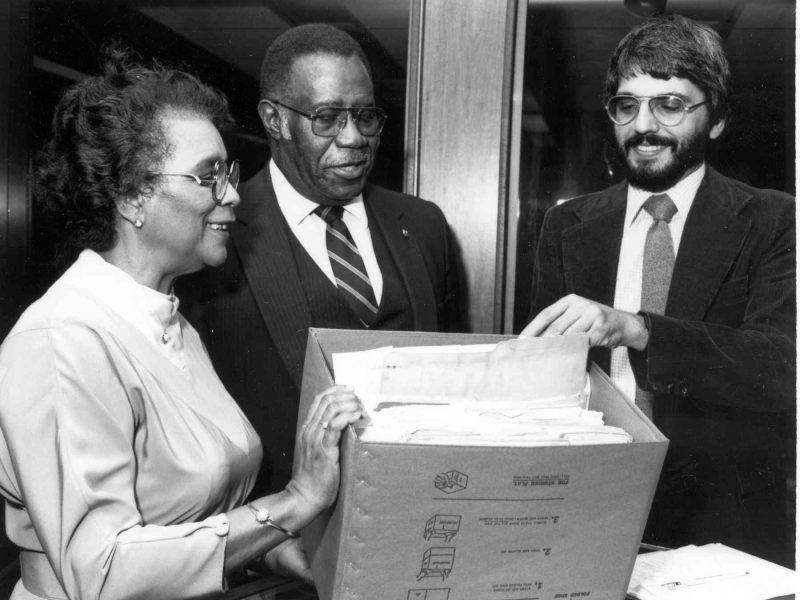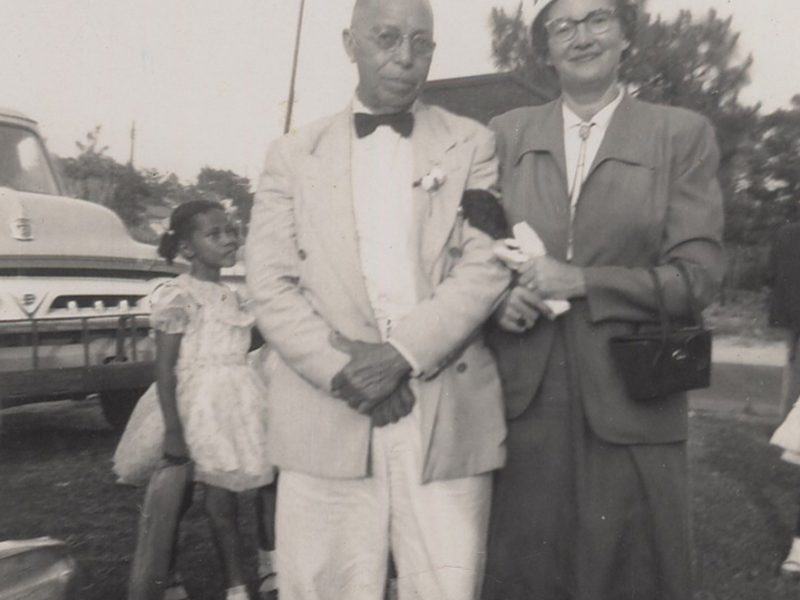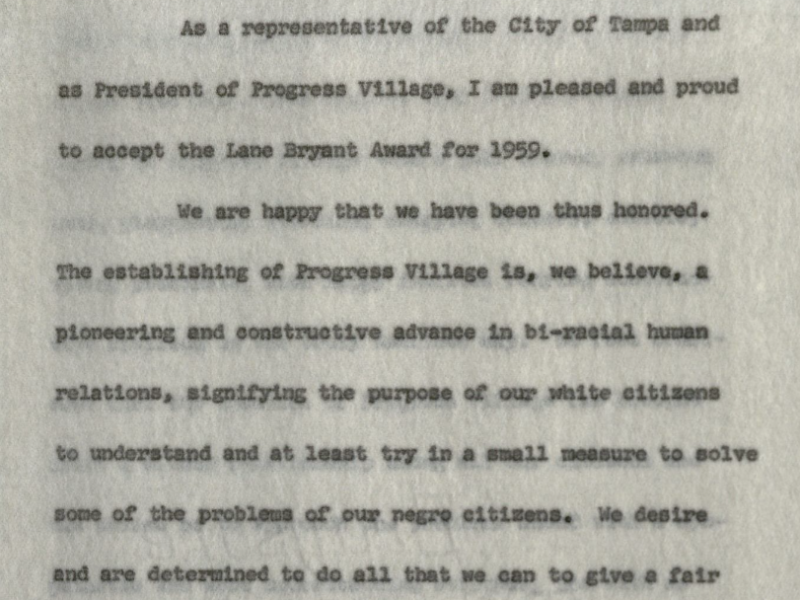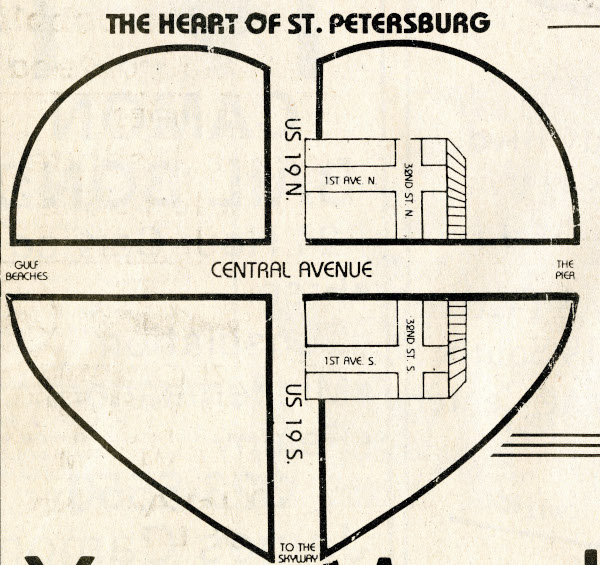Al Davis papers
https://aae.lib.usf.edu/wp-content/uploads/2021/01/aae-logo-light-darkbg.png 407 342 Tomaro Taylor Tomaro Taylor https://secure.gravatar.com/avatar/fe84254e5c560357af4bcfeb8e29173e?s=96&d=mm&r=gAlbert (“Al”) Davis’ involvement with the Tampa chapter of the National Association for the Advancement of Colored People (NAACP) and the Hillsborough County School Board are documented in this collection.
Dates: 1960-2011
Extent: 47 boxes

